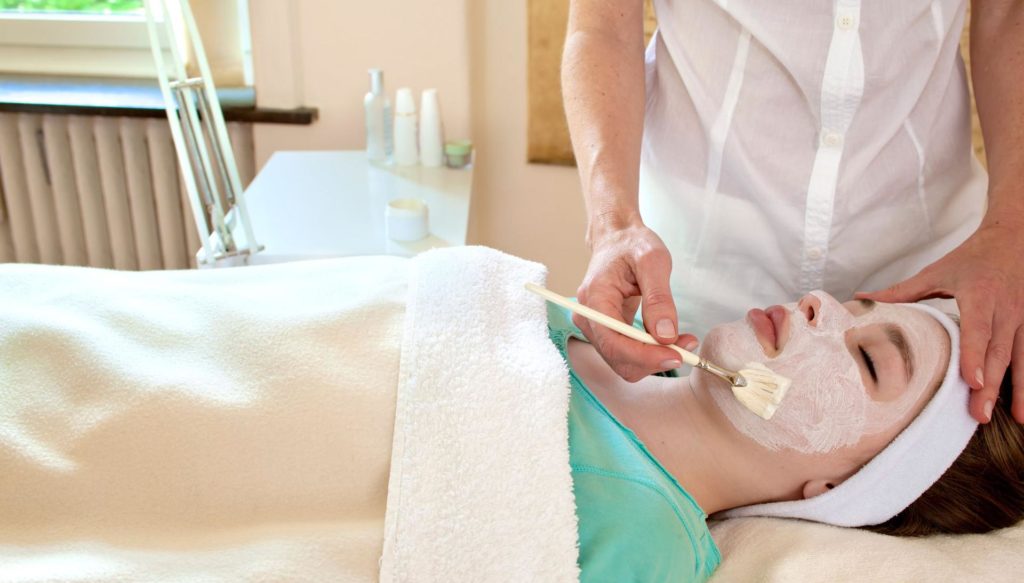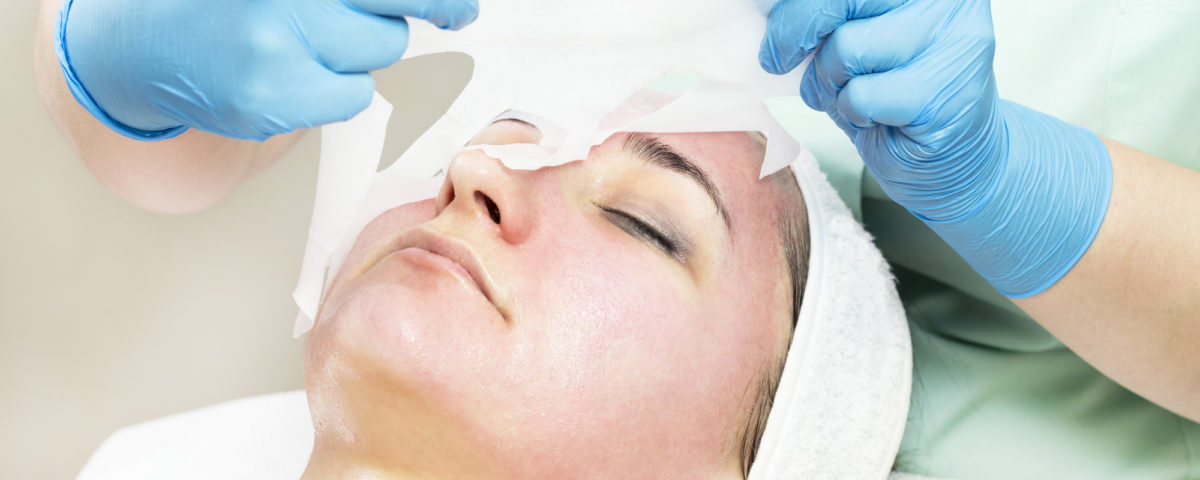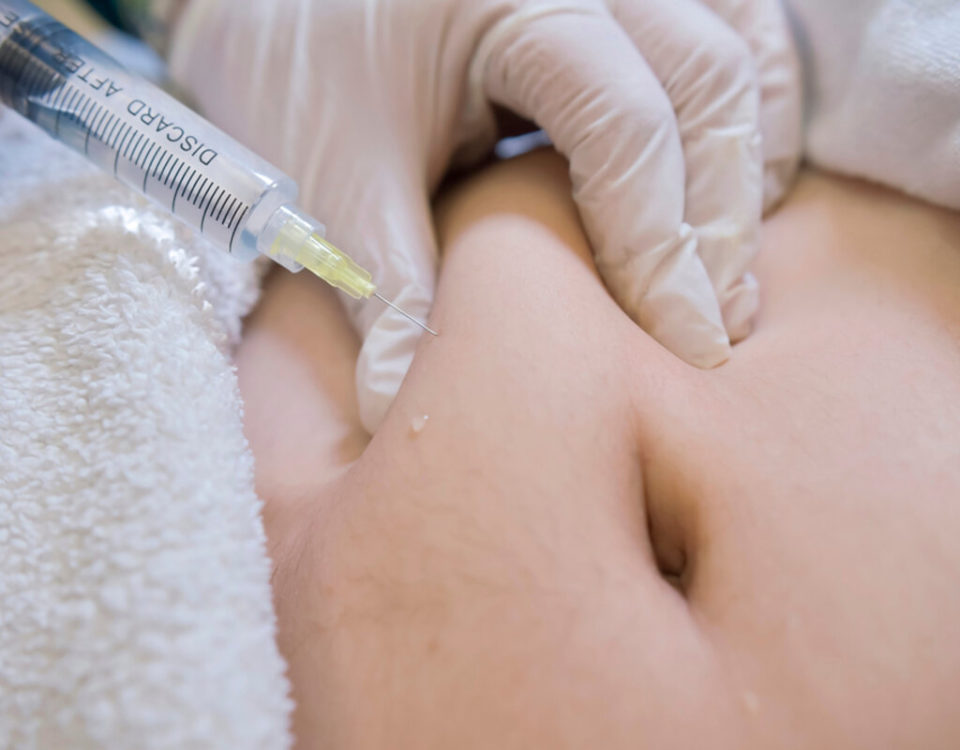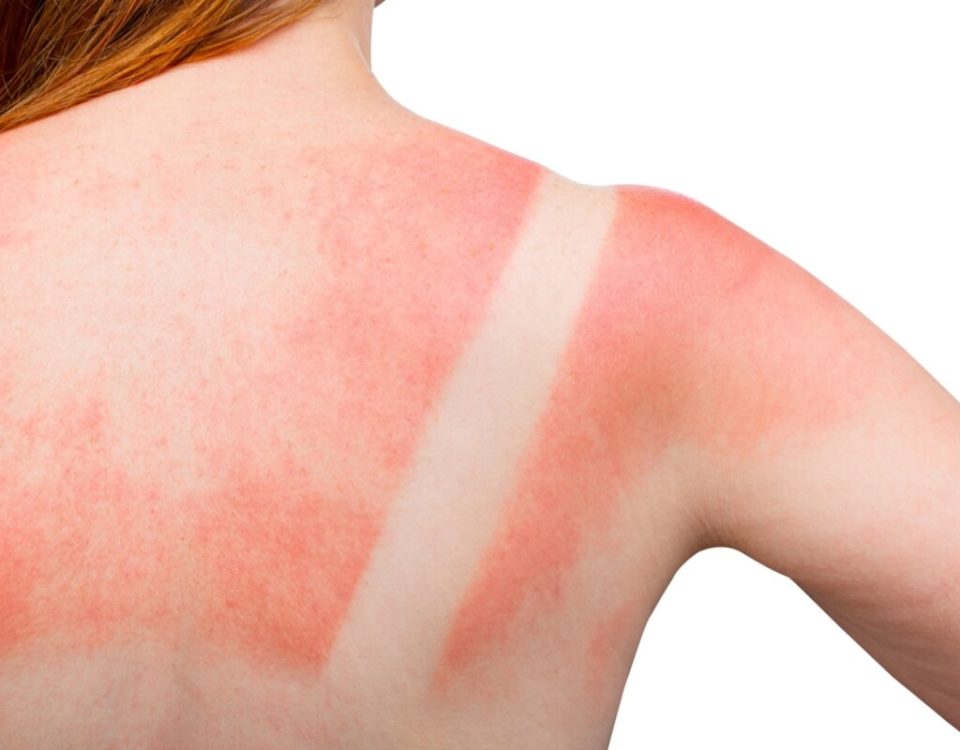
How Do Stretch Marks Happen?
June 1, 2020
Medical Spas – What’s the Big Deal?
July 6, 2020If you’re looking for a way to improve your skin and enhance its appearance, facial peels are an excellent skin care procedure to look into. Both men and women turn to facial peels and other skincare treatments to achieve rejuvenated, younger-looking skin. There are many different levels and types of facial peels, each with various benefits and effects. It’s encouraged to conduct ample research before moving forward with a facial peel or other skincare procedures.
The Different Types of Facial Peels
Becoming familiar with the facial peels available on the market today is your first step to choosing a face peel that’s best for your skin type. Facial peels have grown in popularity due to the many benefits and skin issues that the consumer market has recognized. Discuss facial peels with friends, family, and professionals to get advice and recommendations.
Facial Peel Levels
There are currently three different levels of facial peels available on the market today. While it may seem intimidating, the only difference is the depth at which the acid solution enters your skin and the amount of surface skin removed. Each level of peel contains certain types of acid, such as hydroxy acid, beta hydroxy acid, lactic acid, glycolic acid, and trichloroacetic acid. Skincare professionals mix a unique combination, depending on the results you’re hoping to see.
- Superficial Peels
- Medium Peels
- Deep Peels
Many individuals choose superficial or medium peels because the side effects are minimal, whereas a deep peel comes with the chances of more side effects but has more drastic results. After your facial peel, a new layer of skin cells will be at the surface becoming more active. New skin cells will be produced, and collagen production will be jump started. Additionally, you’ll also notice that your skin will retain moisture and absorb skincare products more effectively than before.
How Facial Peels Can Help You
Choosing to get a facial peel can improve many different skin conditions that you may be struggling with. Changes can be seen almost immediately, and the recovery time for facial peels varies by level. Here are a few of the skin conditions facial peels can help you with:
- Age Spots: Age spots occur due to extensive sun exposure and appear as brown or gray pigmentation. Chemical peels help treat age spots by removing the layer of skin where the discoloration is occurring and revealing new skin cells that haven’t experienced sun damage.
- Wrinkle Reduction: Chemical peels help stimulate new skin cells and encourage collagen production, which helps increase the elasticity in your skin. Individuals that choose chemical peels will notice reduced fine lines and wrinkles as well as glowing, rejuvenated skin.
- Acne: Certain chemical peels have salicylic acid, which is the common ingredient used to cure and prevent acne. Chemical peels with this ingredient penetrate your skin deeply and reach a deeper layer that regular topical ointments cannot. Additionally, chemical peels containing glycolic acid are also helpful as this acid solution helps dissolve excess sebum and debris, thus clearing your pores.
- Acne Scars: Inflamed pores usually cause acne scars and collagen present in your skin surfaces to repair, creating an uneven appearance or scarring. Chemical peels help lift excess collagen fibers and reveal healthy skin cells. You will begin to see results immediately but may have to do more than one chemical peel depending on the severity of your scarring.
- Hyperpigmentation: While age spots are a form of hyperpigmentation caused by sun exposure, you can experience hyperpigmentation due to inflammation, acne scars, fluctuating hormone levels, and genetics. Trichloroacetic acid or glycolic acid chemical peels will remove the surface layer of skin, revealing new skin cells with more even pigmentation. There are instances where you will be required to do several chemical peels to achieve your desired skin tone.
Popular Facial Peels on the Market Today
When you begin looking into facial peels, it can be overwhelming, and you may not know where to begin. There are many different types of facial peels available on the market today, but only a few are incredibly popular. Identifying the skin issues that you’re hoping to fix is the first step to choosing which type of chemical peel is best for you. Peels vary in strength and acid contents, so while it may be intimidating, your skincare professional can help you choose the best one for your skin type.
Glycolic Peel
There are three levels of glycolic acid facial peels that differ due to the concentration levels of the acid applied to your skin, how long the solution sits on your skin, and the effects many have noticed. Glycolic acid exfoliates the skin while dissolving dead and damaged skin cells, allowing cells to be removed easily. Many have reported a healthier, younger-looking appearance after a glycolic acid peel.
- Light: 20 to 30% of glycolic acid is applied for up to two minutes. This level of glycolic peel affects the surface layer of your skin, and little to no downtime is required.
- Medium: 35 to 50% of glycolic acid is applied for two to five minutes. This level of glycolic peel reaches the papillary dermis, and up to a week of downtime can be expected.
- Deep: 55 to 70% of glycolic acid is applied for three to fifteen minutes. This level of glycolic peel reaches the reticular dermis, and up to two weeks of downtime can be expected.
Salicylic Peel
Like glycolic acid, salicylic acid is a superficial peeling agent that breaks down dead skin cells on the surface of your skin. Your skin will be exfoliated, and dead skin cells removed in a shedding or peeling manner to reveal a brighter, smoother complexion. The salicylic peel can be utilized on various areas of your body and is suitable for many different skin types meaning you can gain your confidence back by resolving skin issues that have been bothering you from sun damage and hyperpigmentation to oily skin and acne.
TCA Peel
Working similarly to glycolic and salicylic acid peels, trichloroacetic acid peels is composed of many different acid compounds that work together to exfoliate and brighten your skin. Trichloroacetic acid peels vary in concentration and can reach deep layers of your skin. Many individuals have utilized this peel on various areas of the body, noticing a multitude of differences when it comes to skin issues from melasma and overall complexion to fine lines and wrinkles. If you’re looking for a high concentration chemical peel, trichloroacetic based acid peels are the perfect option.

What is a Chemical Peel?
A chemical peel is a procedure conducted by a dermatologist or other skincare professional to help encourage a new, smooth layer of skin production. Chemical peels can help and alleviate several skin issues that many experience in the world today. While each type of chemical peel has its purpose and potency level, it’s incredibly important to identify the best treatment for your skin. There are many steps interested individuals should take both before and after receiving a chemical peel.
Before a Chemical Peel
So, you’ve decided you’re interested in getting a chemical peel? There are a few details you must remember before getting your first facial peel. It’s incredibly important to do your research and consult with a skincare professional to determine which type and level of peel is best for your skin, and the issues you may be experiencing. Once scheduling your appointment, you must stay away from exfoliates and scrubs as these products may cause more irritation and damage during your appointment. It’s also incredibly important to hydrate your skin regularly, so your skincare professional has a healthy surface to work with. Finally, double-check your prescriptions and make sure receiving a chemical peel won’t have adverse effects on your medications. Keep in mind there’s a healing process for every type of peel, so be sure to schedule with reasonable recovery time before any important events.
After a Chemical Peel
After your chemical peel appointment, your skin will continue going through the peeling process and will need time to rejuvenate and fully heal. Depending on the level and type of chemical peel you receive, the recovery time can take anywhere from 3 to 10 days. Gentle cleansers and hydrating serums can be applied to help with any minor irritations, and it’s encouraged to keep your skin cool as well as limit sun exposure. If you do find yourself spending a lot of time outside, it’s recommended to consult with your skincare professional about light SPF lotion recommendations. Chemical peels are excellent ways to get healthy, rejuvenated skin. It’s incredibly important to care for your skin after every treatment properly, so side effects and other issues don’t occur.
Comparing Chemical Peels and Microdermabrasion
Along with chemical peels, many skin care procedures and treatments are available on the market today to help improve the appearance of your skin and reduce any problem areas. Both chemical peels and microdermabrasion are minimally invasive treatments that bring you lasting results and benefits instantly. If you’re interested in a procedure that’s different from a chemical peel, it’s encouraged to explore the benefits of microdermabrasion.
What to Expect: Chemical Peel
Your procedure can last anywhere from 30 to 90 minutes, depending on the level of peel you’ve selected with your skincare professional’s recommendation. Your skincare professional will apply the chemical solution and leave it on for the allotted amount of time while considering the health of your skin and the issues you’re experiencing. A neutralizing solution will be applied along with a cool compress to soothe any burning or discomfort.
For light and medium peels, there is little to no recovery time, and you will likely experience some redness and minimal swelling. For deep peels, you can expect your skin to be severely red and swollen, but it will calm down over time. It’s incredibly important to follow the aftercare instructions provided by your skincare professional to avoid any potential side effects and allow your skin to heal correctly. The average heal time for a chemical peel can be anywhere from one to fourteen days.
What to Expect: Microdermabrasion
Microdermabrasion is a minimally invasive skincare procedure that helps rejuvenate your skin tone and texture on your face and neck. However, this procedure can be used on various parts of your body as well. Your skincare professional will utilize a small wand to exfoliate the outer layers of your skin and remove any present dead skin cells. You may experience some minimal redness and swelling after your appointment, but it should calm down relatively quickly, leaving you with younger-looking skin. It’s common to be sensitive to sun exposure after your treatment and incredibly essential to keep up with a moisturizer to allow for proper healing and avoiding any side effects.
Schedule Your Consult Today
Now that you have learned about the different types of facial peels and their purposes as well as other skincare treatments, you’re ready to schedule your consultation and speak with a skincare professional. Your skincare professional will help you determine which facial peel is best for you, answer any questions you may have, and ultimately make you feel comfortable with your decision. You’re on your way to healthier, younger skin. Embrace it!
New Clients:
$35 deposit for all new clients
Cancellation/No Show Policy:
$35 fee for all no show, no call and any cancellations less than 24hrs before the start of your appointment.Any prepaid services will be forfeited.
Call us at +1(651)222-4490
Email us at SpaConsultantsMD@gmail.com
or, Schedule a free consultation
We are located on the main level inside of the Blair Arcade Building. We validate parking in the lot connected to the building off of Selby. Be sure to bring your ticket in with you!
Business Hours:
Monday: 9:00am - 8:00pm
Tuesday: 9:00am - 5:00pm
Wednesday: 9:00am - 8:00pm
Thursday: 9:00am - 8:00pm
Friday: 10:00am - 5:00pm
Saturday: 9:00am - 2:00pm (3 Saturdays per month- please call or email for more information)




